The Bolivian Rainbow Seeds:
Looking to add a burst of color and a kick of heat to your garden and your plate?? Boom, the Bolivian Rainbow pepper seeds are your go-to choice. This Capsicum annuum variety hails from South America and is a visual treat with its small, tear-shaped peppers that transition through a spectrum of colors from creamy white to purple, golden, orange, and finally, a bold red. If you like the way this looks, check out the Chinese Five color!
A Visual Feast for the Garden
The Bolivian Rainbow pepper is not just a culinary delight; it’s a gardener’s dream. The plant itself is small and bushy, growing up to 30 inches in height, making it perfect for container gardening. During the summer, the plant can be adorned with dozens of chilies at various stages of maturity, resembling twinkling Christmas lights. Even the foliage and blossoms are purple, adding another layer of visual intrigue.
How hot are Bolivian rainbow peppers?
Don’t let the vibrant colors fool you; this pepper packs a punch. With a Scoville Heat Unit range of 10,000 to 30,000, it’s comparable to a serrano pepper, two to six times hotter than a jalapeno. The flavor profile is a bit simpler, akin to a spicier version of a bell pepper slightly grassy, a tad sweet, and a bit tart. It’s not the most complex chili out there, but it brings both color and heat to the garden.
Culinary Uses and Personal Recommendations
In the kitchen, the Bolivian Rainbow’s vibrant colors make a colorful addition to fresh salsa. They also dry and pickle well, adding a pop of color to your preserved goods. 24 hours in a low temp (100F) dehydrator will create a delightful dried product, perfect for spicing up meals when crushed into flakes or ground into a powder.? Full transparency, we love this pepper for the way it looks. The taste is secondary. This plant, with its dark foliage, can be placed in a landscaping plan and look wonderful as an ornamental.
Growing Bolivian Rainbow peppers is a relatively straightforward process. They need at least 8-12 hours of direct sunlight and well-draining soil. Keep the soil moist but not waterlogged and fertilize regularly with a balanced fertilizer.
20+ seeds per pack
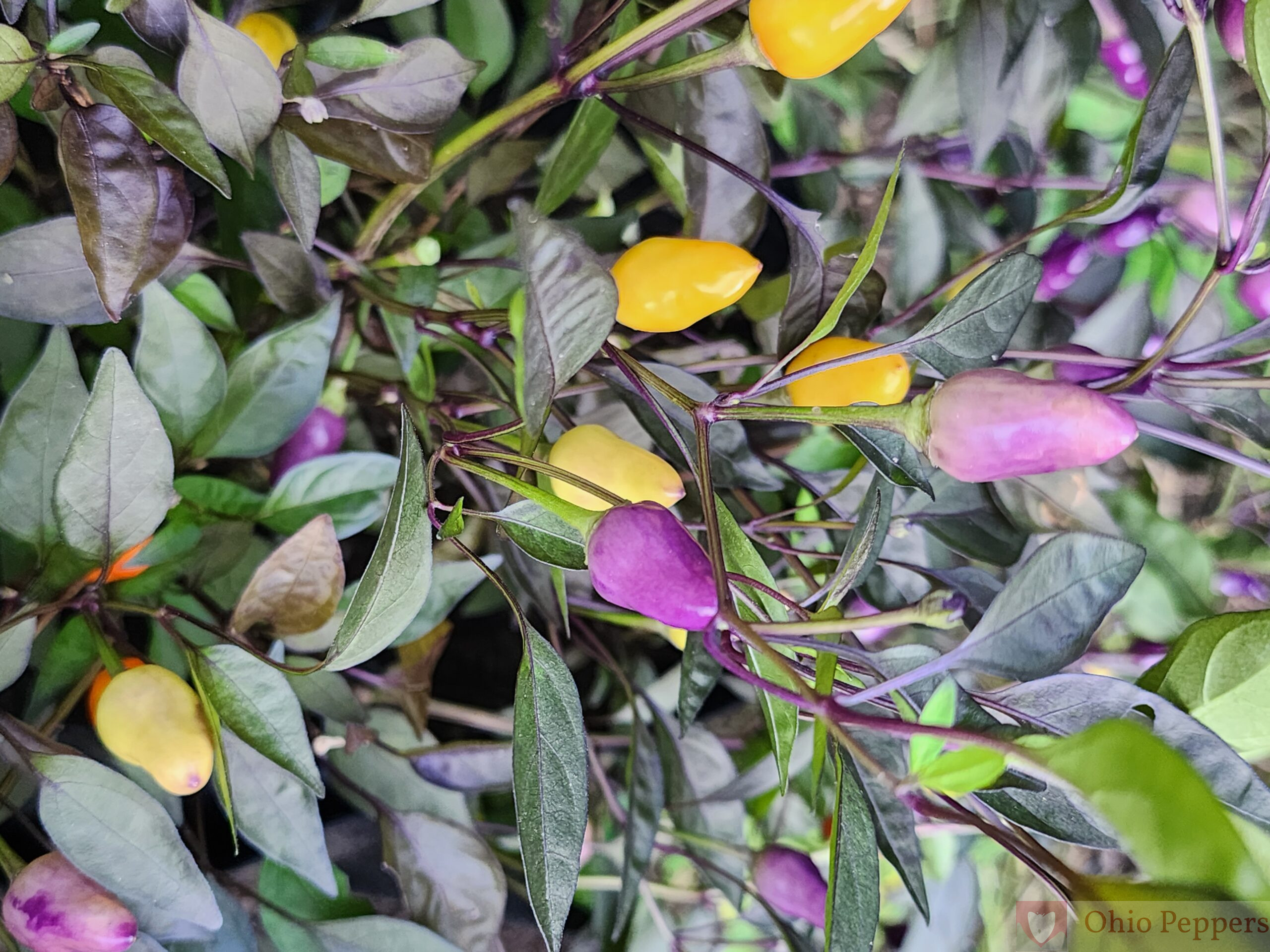

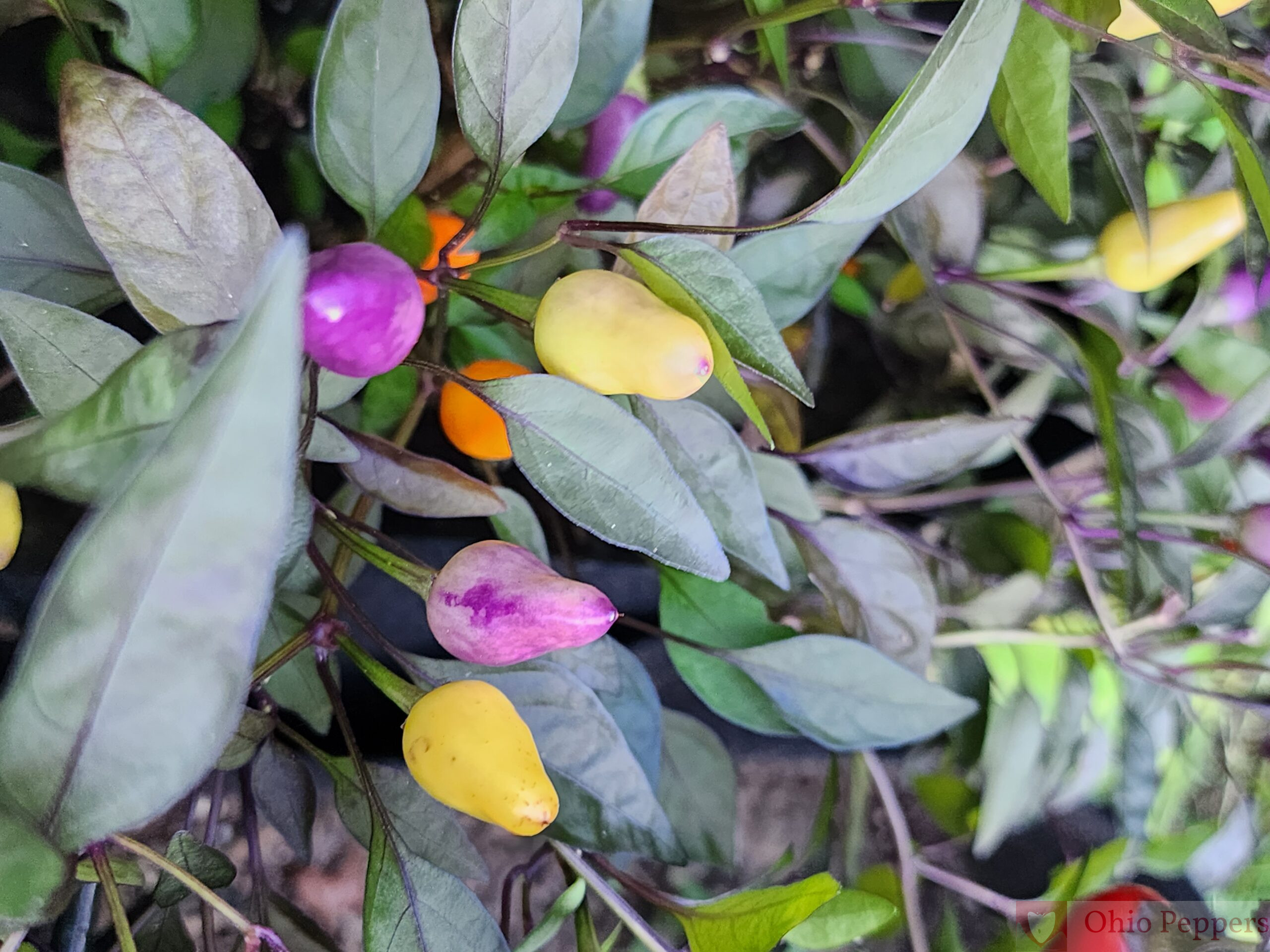
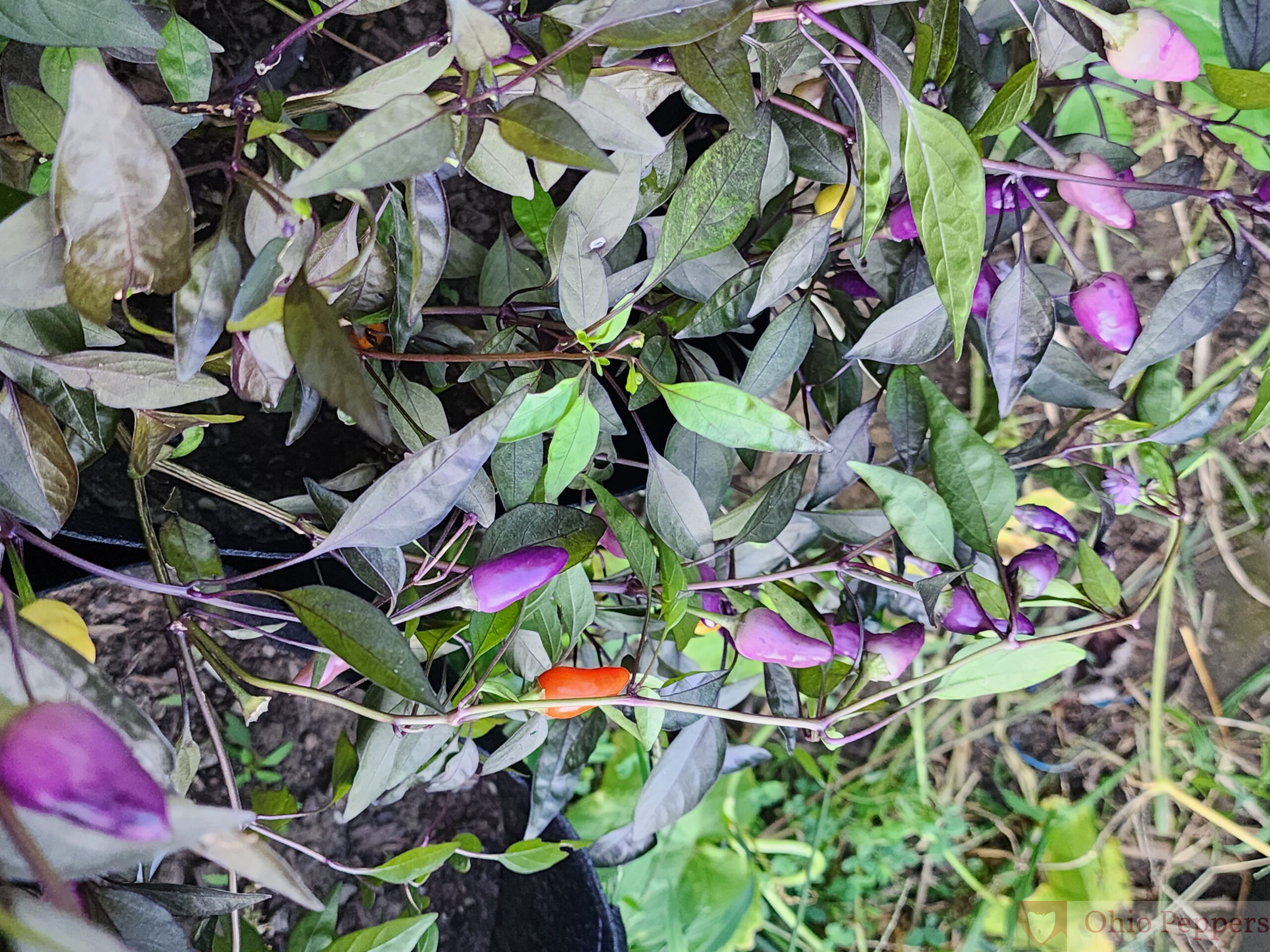

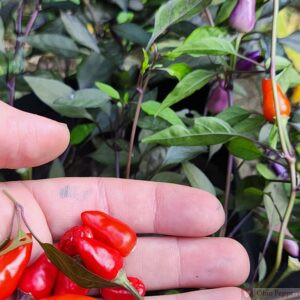

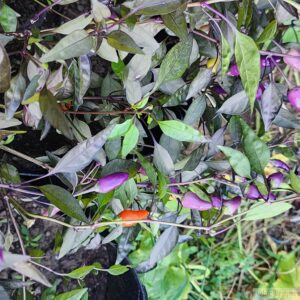





Reviews
There are no reviews yet